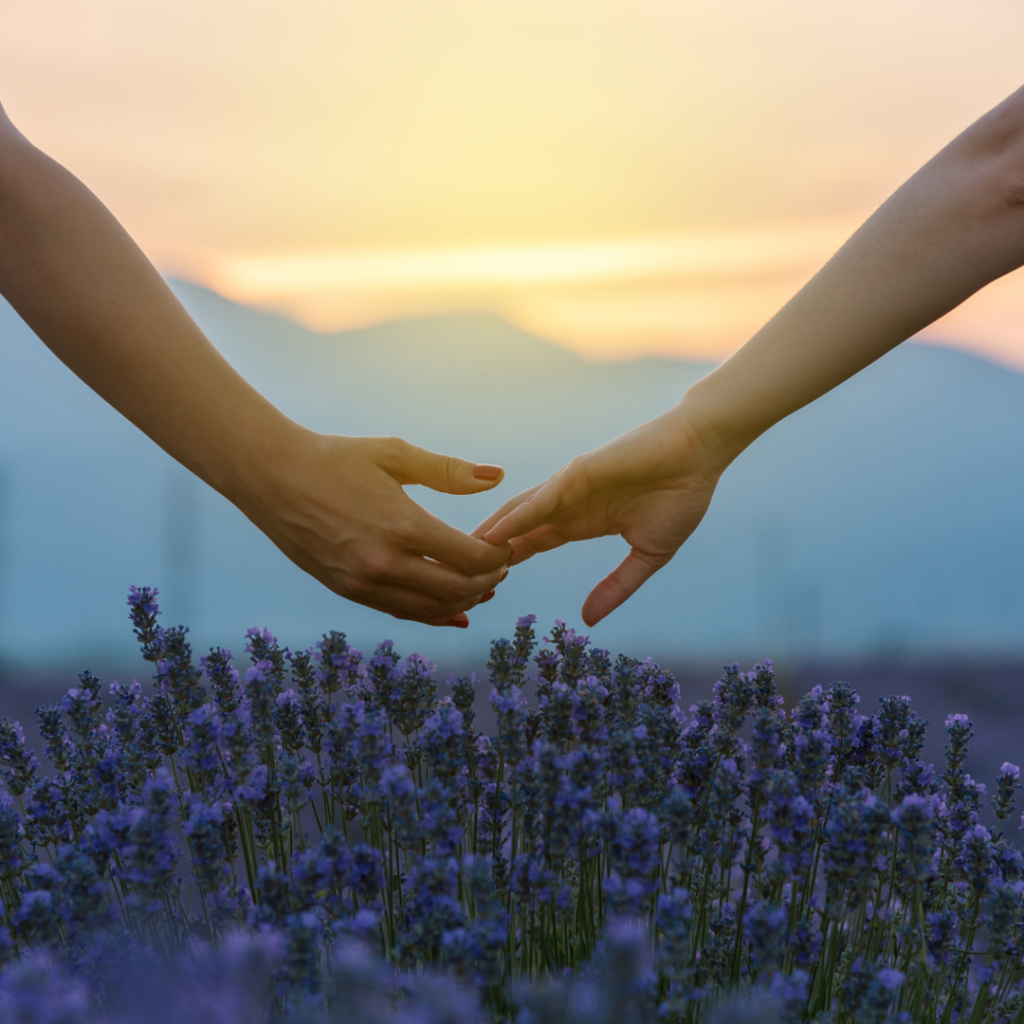For many of us, grief and sorrow can lead to feelings of isolation and despair. Whether we experience personal loss or communal tragedy, it is easy to become disconnected and adrift from the people and practices that ground us and help us find joy and meaning in our lives. Many Jewish mourning traditions are focused on ensuring our continued connection to one another. After all, it is a mitzvah to comfort the mourner; we require a minyan (prayer quorum) to recite the Mourner’s Kaddish to ensure that the mourner is not alone; and we formally welcome mourners back into the community when the shiva period has ended. Judaism asks us not to let grief create barriers between us, but rather, provides meaningful ways for support and connection through these dark moments.

Along with honoring personal sorrow, Jewish tradition also gives us opportunities to experience and process communal tragedy and grief together.
Tisha B’Av, the ninth day of the Hebrew month of Av, is a day of collective Jewish mourning. On this day, we mark the destruction of the First and Second Temples in Jerusalem, along with other catastrophes in Jewish history: the end of the Bar Kokhba revolt; the beginning of the Crusades; and Jewish expulsions from England, France and Spain.

For many Jews today, Tisha B’Av can feel difficult to engage with. For those uninterested in a return to temple sacrifice, mourning the end of this period of Jewish history may not feel values aligned; for those who feel a positive connection to the modern State of Israel, mourning the end of Jewish sovereignty in 70 C.E. may feel odd in a post-1948 world; for others, focusing on catastrophe might feel emotionally challenging. Tisha B’Av is certainly a complicated and difficult day. That said, I believe there is great communal strength to be found on this day.
Sorrow can so often isolate us. Grief can separate us. Collective Jewish experiences of disaster can divide us as a community. Tisha B’Av reminds us that through communal mourning, we can also reach communal healing.
Tisha B’Av is full of mourning rituals meant to help us embody the emotional weight of the day. It is a fast day, when many people refrain from eating or drinking for 25 hours. Many communities gather in the evening to read Eicha, the book of Lamentations, which describes the downfall of ancient Jerusalem; people often sit on the floor or in low chairs, reading Eicha by candlelight to add to the mournful atmosphere. There’s even a tradition to refrain from Torah study, as study is considered a joyous practice that does not fit the somber mood of the day. These rituals invite us to embrace and embody our grief, to let it physically manifest and give voice to our collective mourning. By encountering and embracing our sorrow, we prevent ourselves from becoming numb to it. Tisha B’Av asks us not to turn away from the grief in our hearts but to give it voice and honor it.
The rituals of Tisha B’Av invite us to let our grief draw us closer together instead of pushing us apart and allow us to bear witness to one another in our collective sorrow. Mourning communal Jewish tragedy requires us to be connected to one another, to share our pain together and hold each other through it.
Sorrow can so often isolate us. Grief can separate us. Collective Jewish experiences of disaster can divide us as a community. Tisha B’Av reminds us that through communal mourning, we can also reach communal healing.
If you are interested in marking Tisha B’Av this year, there are many ways you might engage with the day. Your local synagogue may be conducting a reading of Eicha or engaging in a community action together. You may choose to explore the poetry and writing about Tisha B’Av on Ritualwell. You may convene a small group of friends to engage in creative practices that honor grief and healing. You may even just connect with one other person and share the sorrows in your hearts together. By engaging in communal rituals — traditional or innovative — we can create sacred space towards the path of healing together.
As Reconstructionist Jews, we understand that Jewish rituals evolve over time. While Tisha B’Av began as a day of mourning for the Temple, it became a day to honor the other communal catastrophes in the wake of the Crusades and various European expulsions. In our own time, this day provides an opportunity to reflect on the crises and tragedies of our own world, as well as make space for mourning and healing. As Reconstructionist Jews, we understand the power of Jewish ritual, both ancient and contemporary, as a means of spiritually connecting to our history and our present moment, to the Jewish communities of the past and global Jewry today.
Tisha B’Av reminds us that we do not need to experience the tragedies of the world alone. This year, let us hold and honor our collective sorrows. Let us find strength in one another, and let us commit towards building a world of collective healing and joy.









